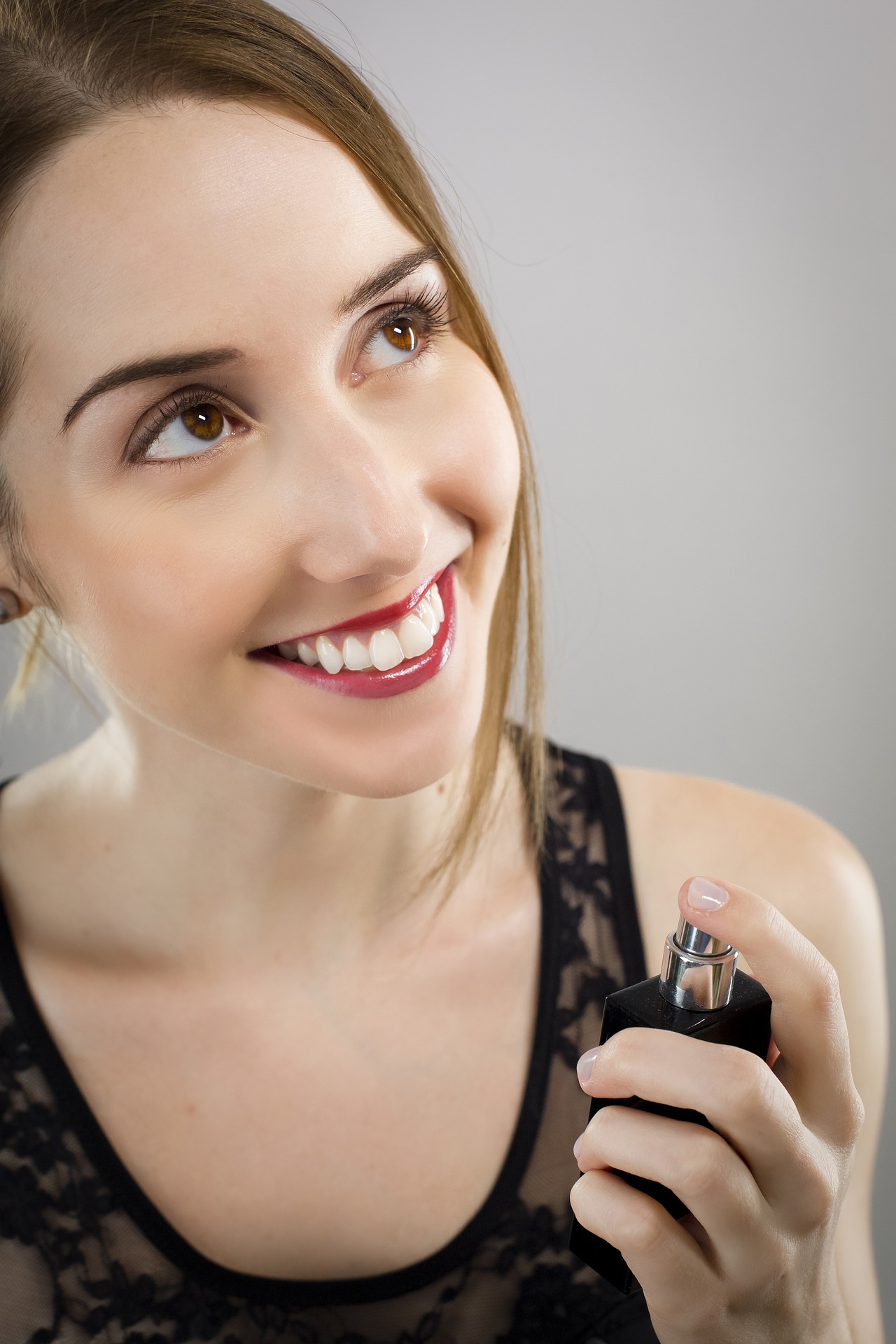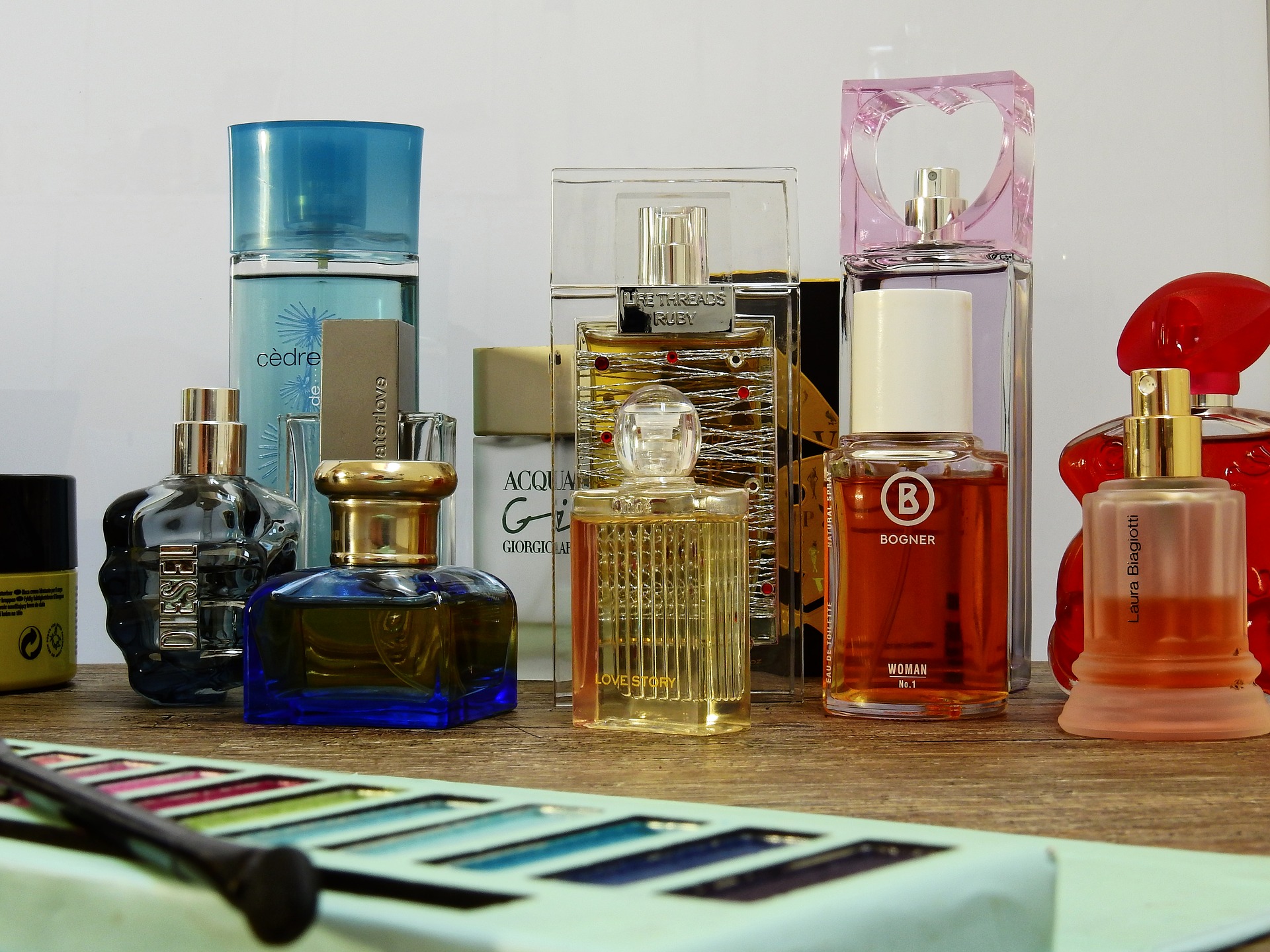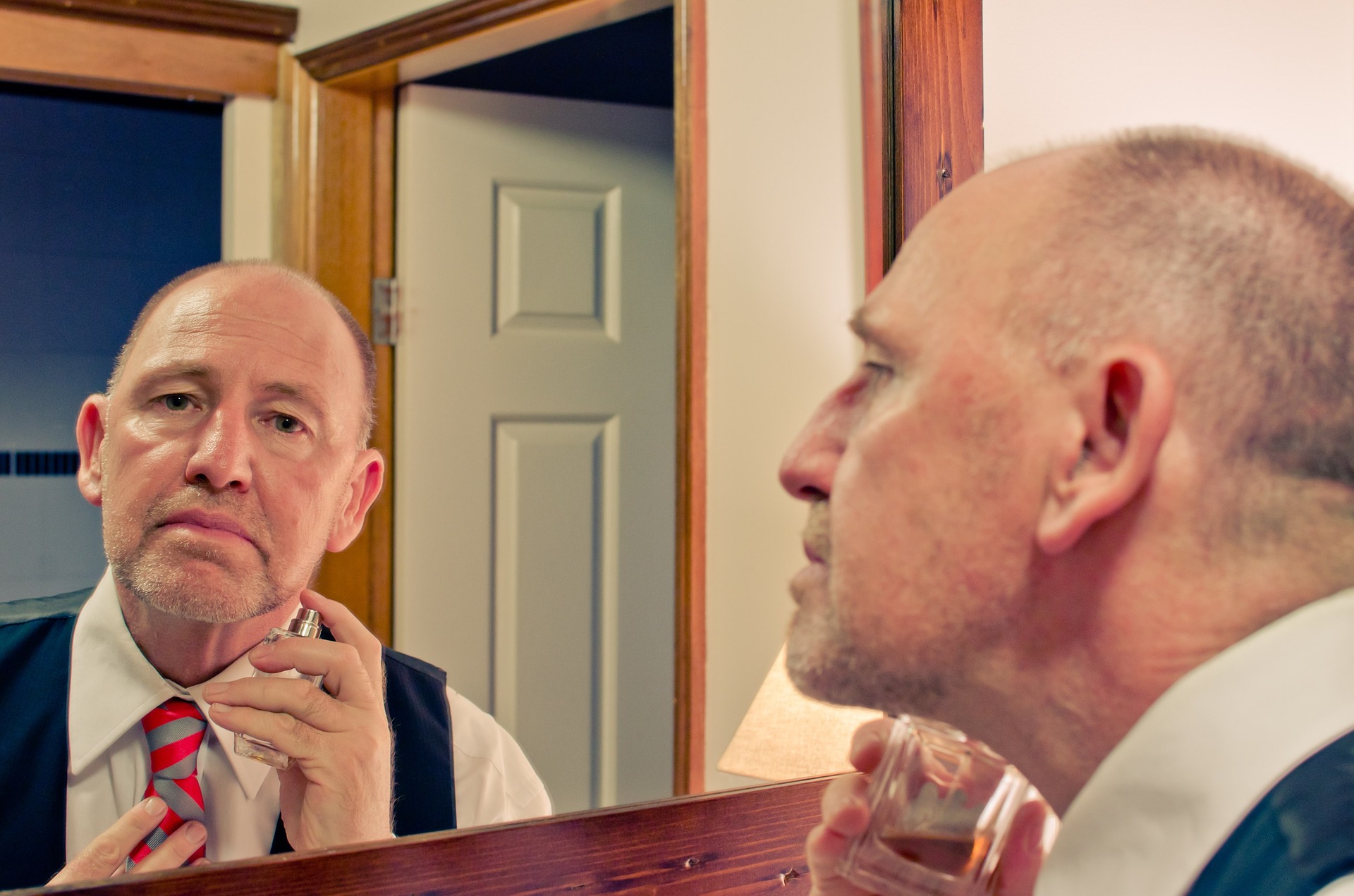
It is natural that the magic of a perfume awakens emotions, often asleep in the past, provides new experiences, feelings, such as trust or happiness, and sometimes even offers a status of unique Being. This is the magic wand making work the emotion, memory, and creativity through information that is passed through smell, skin or by our magnetic receptors. But not everything is what it seems.

For millions of years, men have used these magical perfumes, the oldest records are from the ancient Egyptian civilizations. But at that time perfumes were created and prepared by the ancient alchemists through natural raw materials: alcohol, distilled water, and essential oils. A productive process that modern times of mass consumption led the industry to bet heavily on highly sophisticated laboratory technology.
Today, creations are made essentially at the expense of chemical equations composed by computers that mix natural and synthetic substances (petroleum derivatives that contain toxic substances). At stake are the environmental restrictions that exist to stop the extinction of more plants and animals. For example, to get one kilogram of jasmine essence you need to pick up 600 kilos of jasmine flowers, and to make a kilo of rose essence you need five tons of roses. In the case of animals, the musk deer, from which the musk oil is removed (a gland that certain animals possess to produce the substance with which they mark their territories and attract the females), has today its trade limited worldwide, to 300 kg per year. However, the production of most of these substances found in plants and animals, made through synthetic cells, are even economically more advantageous for the industry, analysts say. The voices of the big companies, however, point out that this is not the case, as there are synthetics such as Ambroxan (ambergris), Damascena (rose) or Irone (iris) that are the same price or even more than natural ones.


The truth is that by the profit we curb an unprecedented battle for new fragrances, where the emotional psychology of the human being is studied and worked out in detail. Just for the elaboration of one perfume, the laboratories come to mix more than 300 different substances between natural essences and synthetic substances. A list of ingredients that perfume brands keep in the name of industrial secrecy.
Did you know, for example, that there are perfumes that use: Ambergris that is obtained through the bile segregation generated by sperm whales or whales; Civet Musk extracted from the anal glands of male civets; Castoreum is achieved by the segregation of the anal beaver glands; Skatole, a compound found naturally in coal tar and feces; Phenols are natural pesticides produced by plants to ward off insects… among many, many others. It seems to be worth everything to achieve the great goal, which is the consumers’ preference, even to endanger the very life of the consumer.
The denunciation of this reality is made by several studies and tests published in the last years and that associate many of the substances that constitute the perfumes to the cause of cancer, in particular of the breast, to alterations of the hormonal system that affects, for example, the reproductive organs of man or leads to precocious puberty, to develop inflammations that can enhance diseases such as Alzheimer’s and Parkinson’s, causing respiratory problems or even being responsible for allergies.
Does the taboo begin to be broken?
Unlike a food product where a label containing all the ingredients of its composition is required, in a perfume, the control authorities are satisfied with a very general reference in which the fragrance is known, but all its components are under industrial secrecy.
In practice, the consumer is aware of nothing and must blindly trust the International Fragrance Association which has been negotiating with the European Union since 2017 so that fragrances are transparent to the consumers’ eyes. On the other side of the Atlantic, the world giants Unilever in February 2017 and Procter & Gamble in August 2017 announced that they will break the taboo and begin to reveal in detail all the information about the ingredients of their fragrances, personal hygiene and cleaning products.
This greater transparency opens the door for consumers to come to know what truly contains a perfume. Its composition is based on formulas that average 40 to 250 raw materials, selected from the approximately 1,500 natural essences and 4,500 synthetic ones, in which the combinations are quite complex.
The fragrances found in detergents, softeners and cleaning and personal care products are often the same as those used in the production of many perfumes.

What to do?
Due to the concealment of information that exists about the composition of a perfume, the best option for not taking risks is to apply it in daily clothes. Avoid putting perfume behind the ears, the neck and the inside of the wrists because these three specific points [of the 12 electromagnetic points our body has] are entry and exit energy doors that animate our controlled meridians by the hormonal system, the vortexes of the subtle bodies. Thus, it prevents the synthetic and natural substances that integrate the perfumes are absorbed by your body and cause you damage. The choice is in our hands.
This text is an awareness. According to the season of the year and the moment in which you are, it is up to each one to feel if he should consume this. The dosage and frequency depend on the nature and physical condition of each Human Being.




